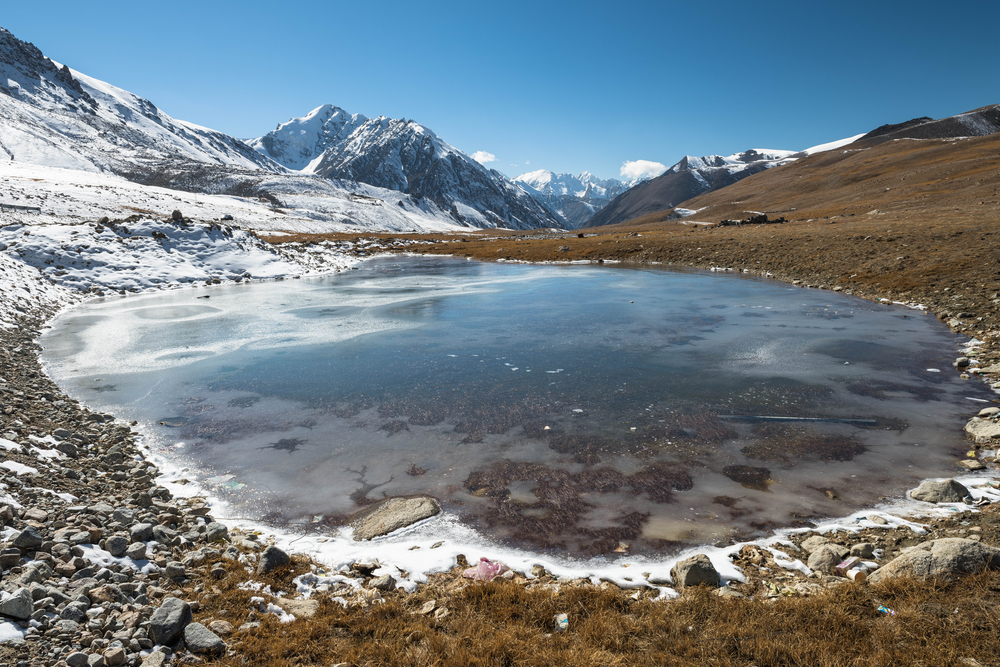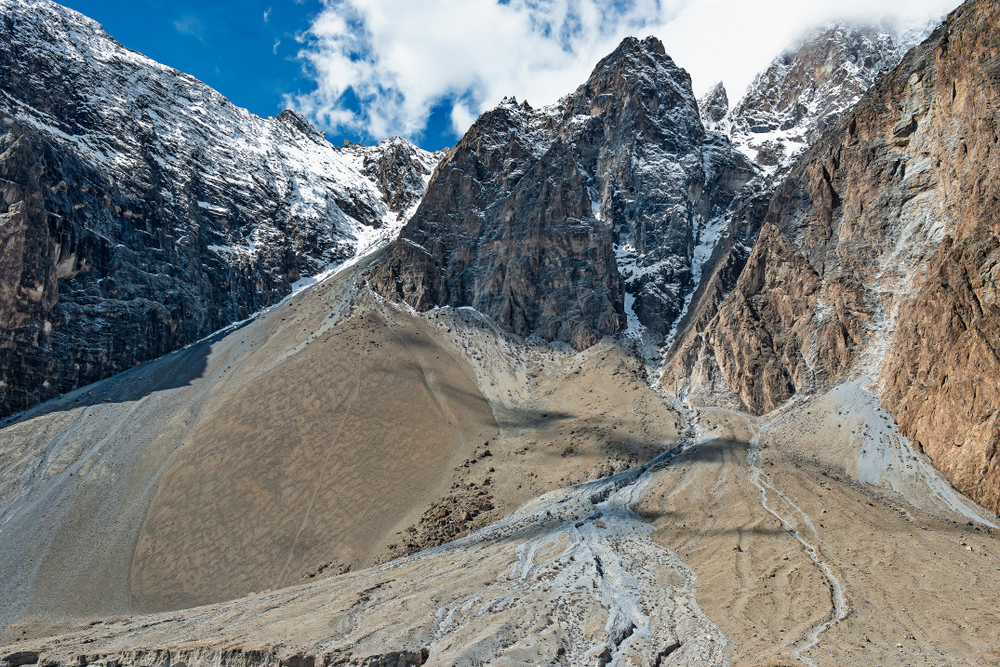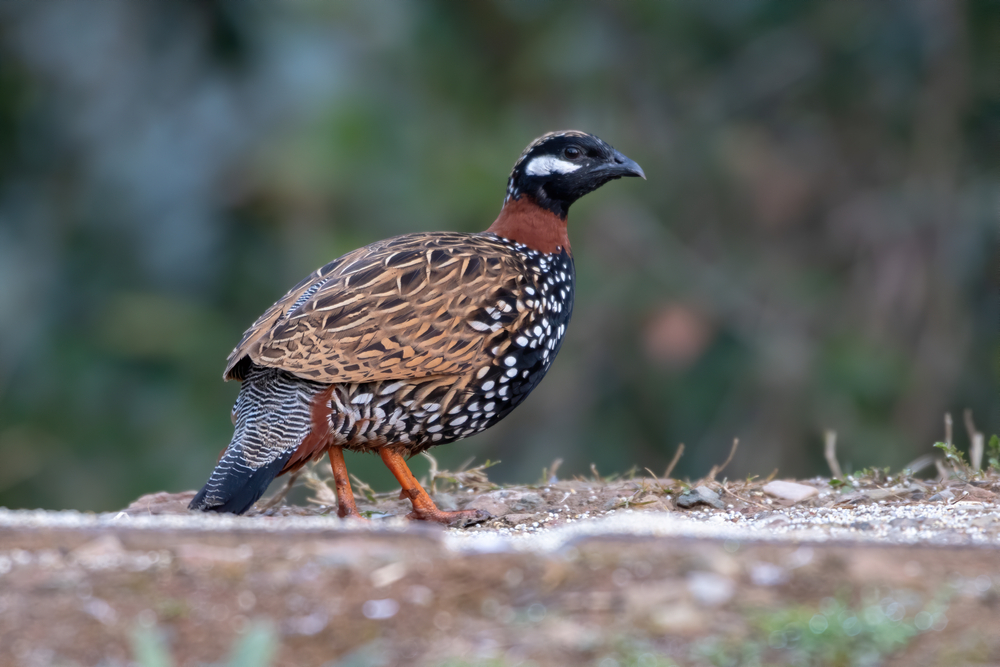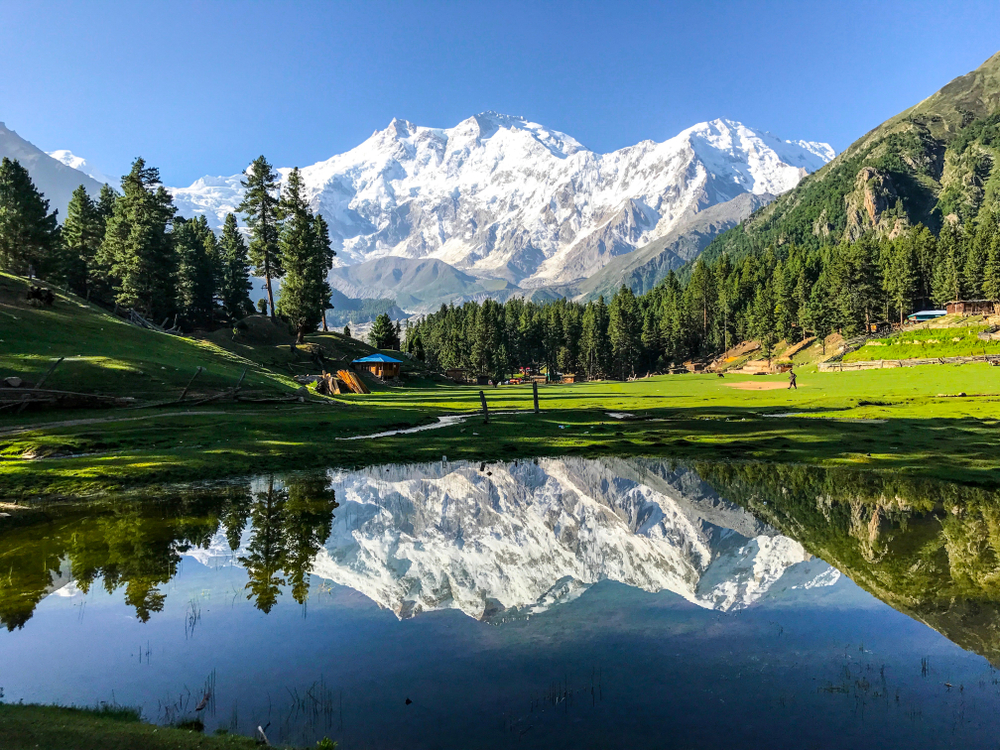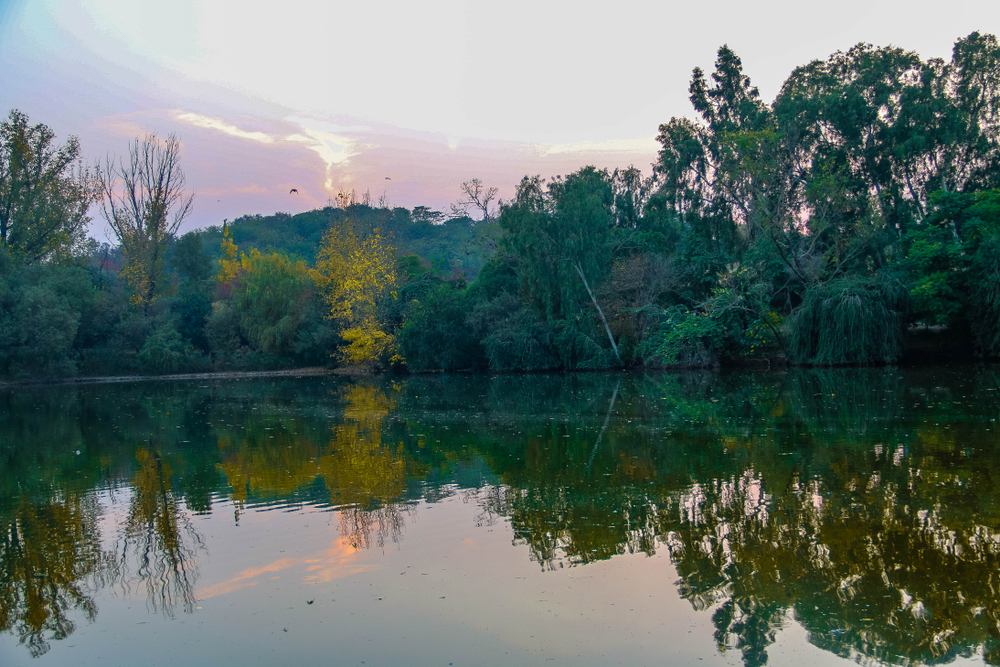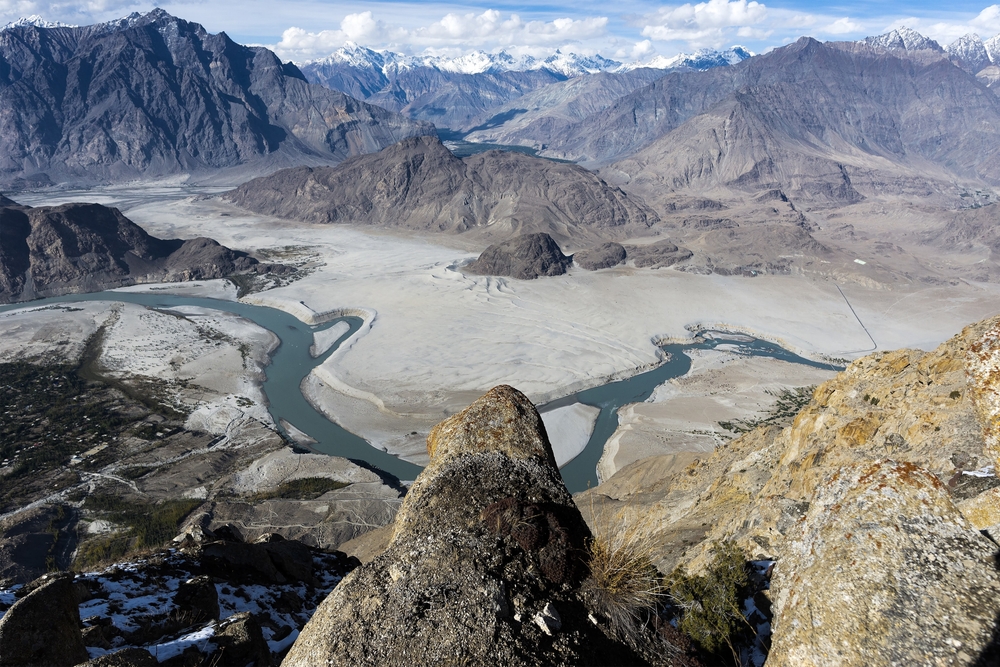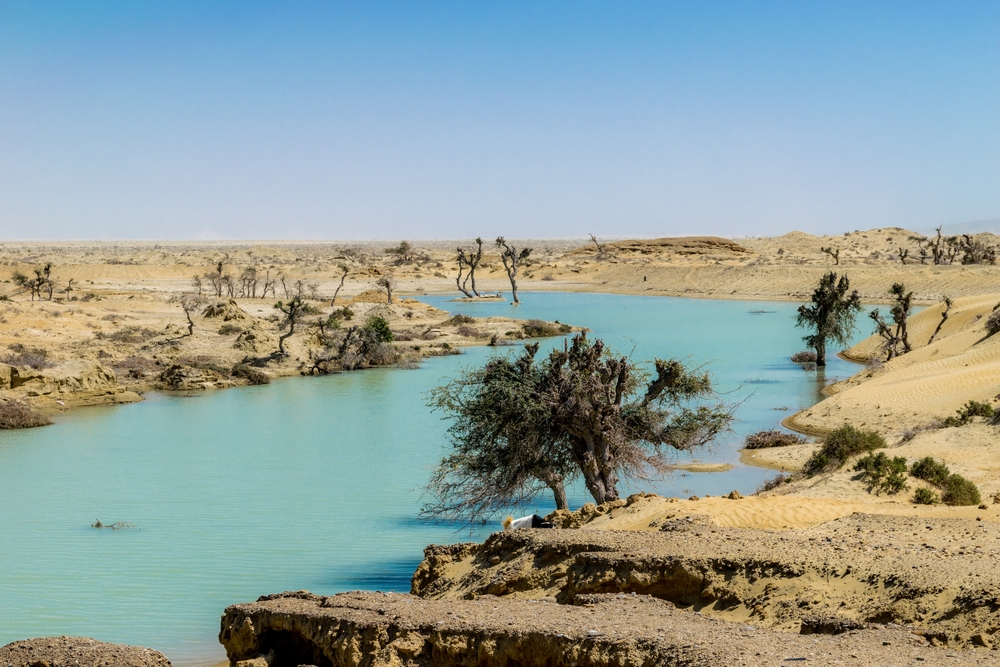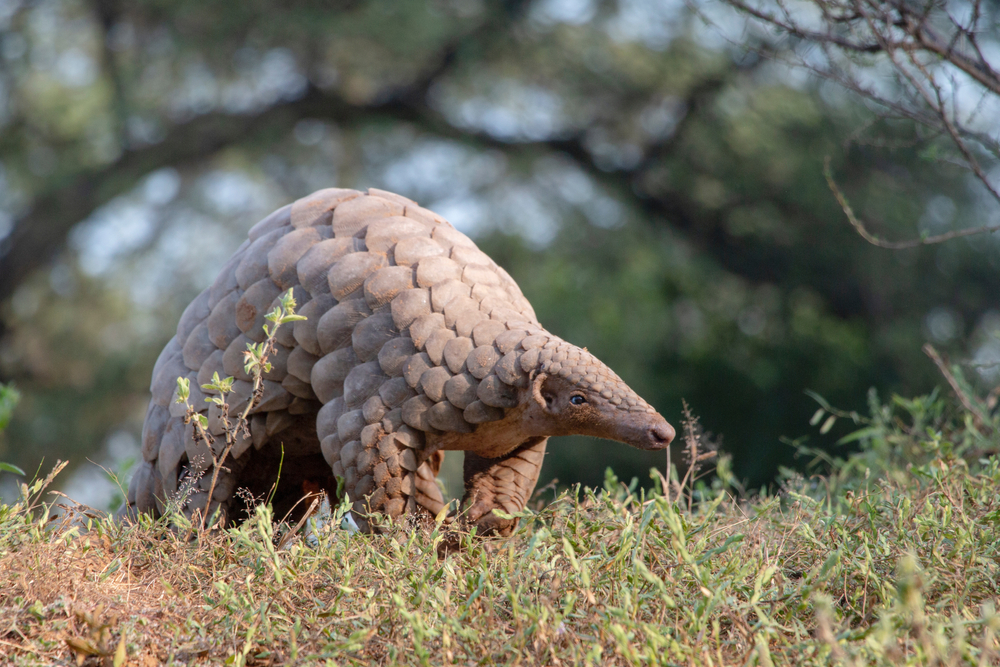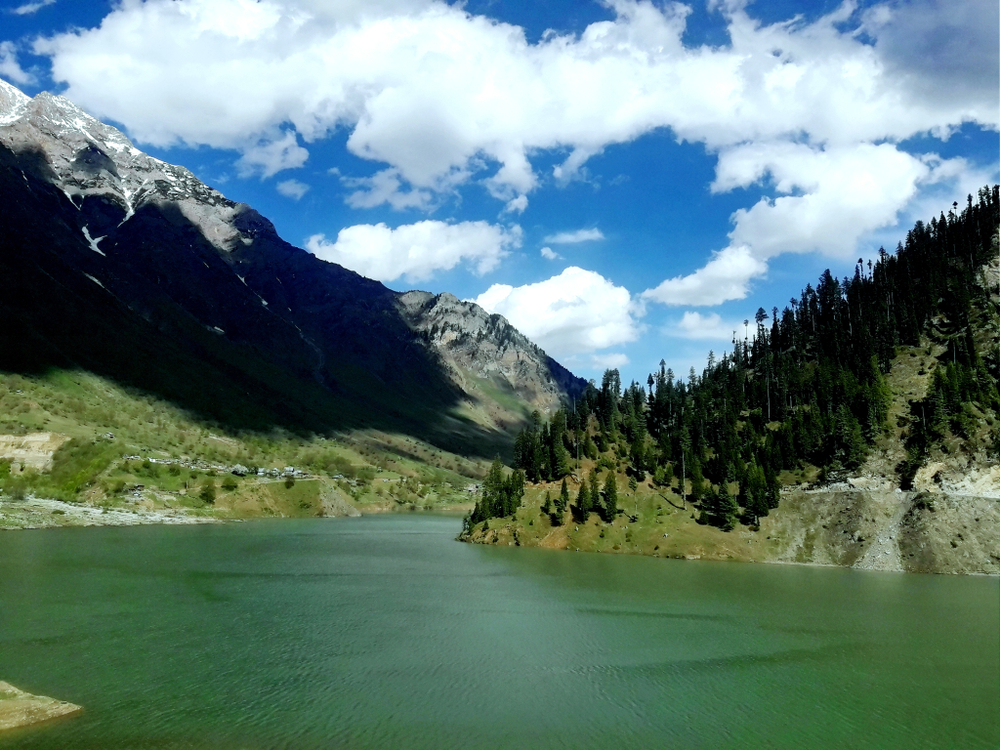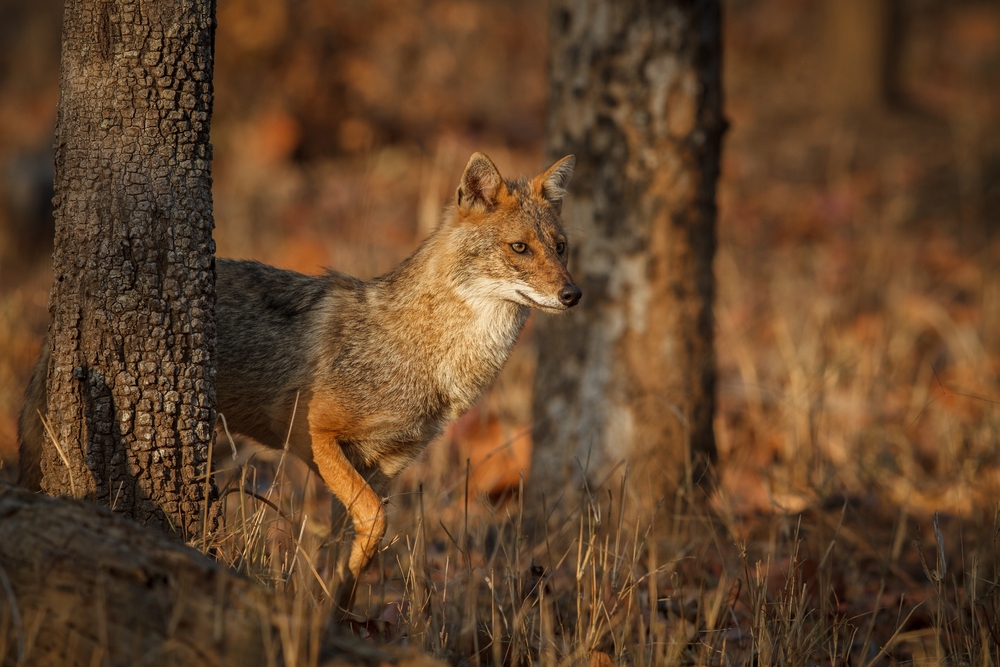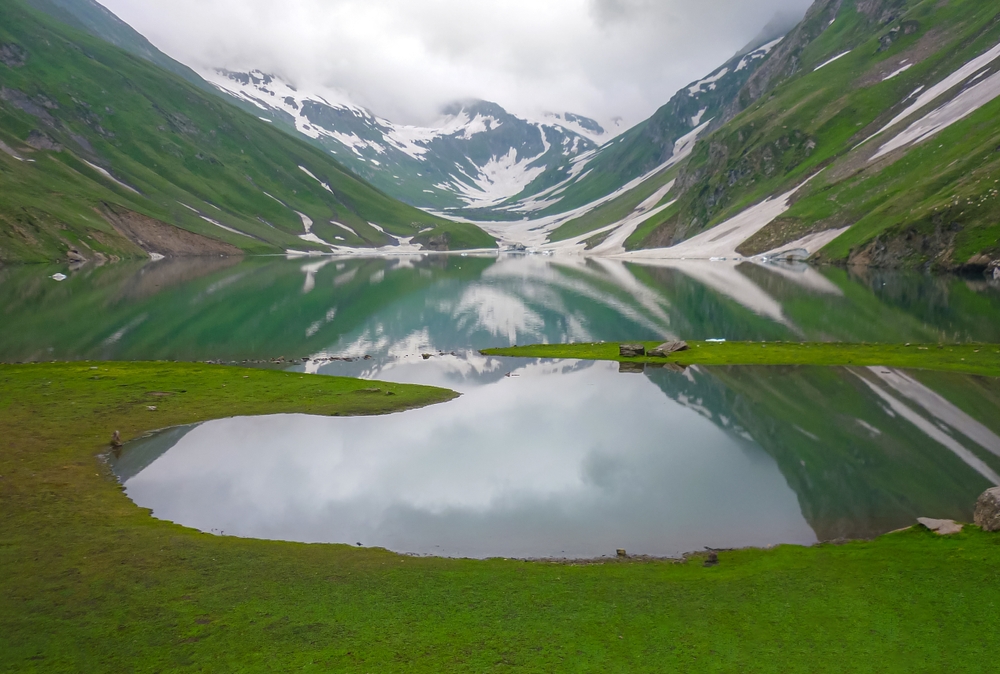Khunjerab Overview
Khunjerab National Park, locally known as خنجراب نیشنل پارک, is one of Pakistan’s highest-altitude protected areas, covering approximately 2,270 square miles (5,775 square kilometers).
Situated in the Gilgit-Baltistan region in northern Pakistan, the park lies along the Pakistan-China border and encompasses the Khunjerab Pass, which sits at an elevation of 15,397 feet (4,693 meters) above sea level. The park is part of the Karakoram mountain range and is located within Hunza District, offering dramatic high-altitude landscapes shaped by glaciers, alpine meadows, and rugged peaks.
The terrain of Khunjerab National Park is shaped by towering mountains, glacial valleys, and windswept plateaus. Much of the landscape is barren and rocky due to the extreme altitude and cold temperatures, but alpine vegetation such as mosses, grasses, and hardy shrubs can be found in lower areas during the short summer season.
Snow blankets large portions of the park for most of the year. The park’s high peaks, including parts of the Khunjerab range, dominate the skyline, while rivers formed by glacial meltwater flow through deep valleys, adding contrast to the stark beauty of the environment.
Khunjerab National Park is internationally recognized for its rare and endangered wildlife. The park provides critical habitat for the elusive snow leopard, one of the most iconic species in the region. Other mammals found here include the Marco Polo sheep, blue sheep (bharal), Himalayan ibex, and lynx.
The high-altitude terrain also supports smaller mammals like marmots and weasels. Among bird species, visitors may spot golden eagles, lammergeiers (bearded vultures), snowcocks, and choughs. The park’s avian and mammalian life are well adapted to the harsh climate, making wildlife sightings a remarkable experience for visitors.
A major attraction of the park is the Khunjerab Pass, which serves as a high-altitude gateway between Pakistan and China along the Karakoram Highway. This scenic mountain road, one of the highest paved international roads in the world, passes directly through the park and provides travelers with stunning panoramic views of the surrounding mountains and valleys.
The park also attracts photographers and wildlife enthusiasts who seek out its remote beauty and rare animal sightings. Due to its location and elevation, the park has limited visitor facilities, but its pristine landscapes remain one of its greatest draws.
Visitors typically experience Khunjerab National Park by driving along the Karakoram Highway, with stops at key viewpoints and border posts. Wildlife viewing is best done with the help of local guides, as many of the species are well camouflaged and hard to spot.
Trekking in some areas is possible during the warmer months, although the altitude requires acclimatization. Educational signage along parts of the highway helps raise awareness of the park’s natural and ecological significance.
Conservation in Khunjerab has seen some important successes. The park was established in 1975 to protect the Marco Polo sheep, and since then, ongoing efforts have included anti-poaching patrols and community involvement in wildlife monitoring.
The Khunjerab Village Organization, working in partnership with conservation groups, has contributed to improved wildlife protection through local stewardship. Still, challenges remain, including climate change, habitat fragmentation, and increased vehicle traffic. Continued investment in conservation infrastructure and community engagement will be essential to preserve this fragile high-mountain ecosystem.








































































